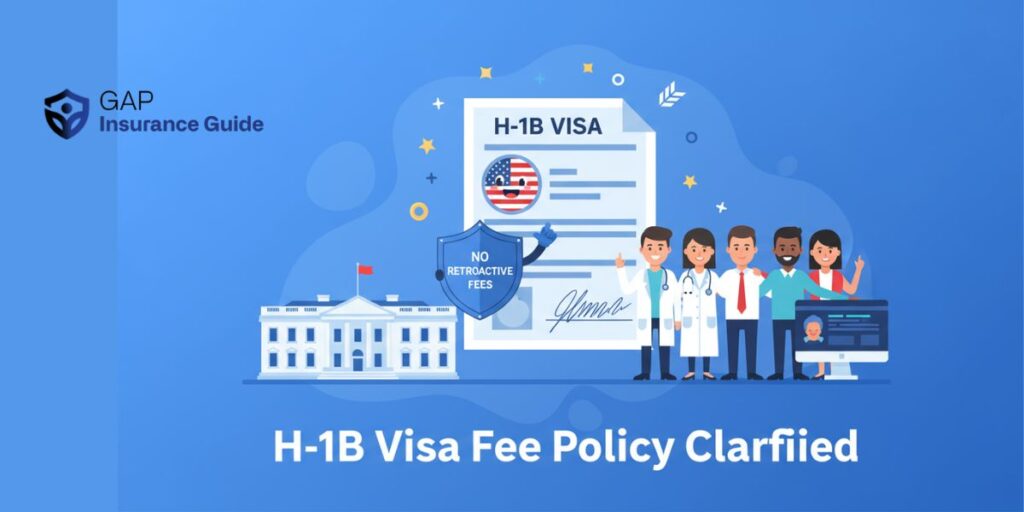The Federal Reserve is widely expected to deliver its first interest rate cut of the year on Wednesday, even as inflation pressures remain elevated due to tariffs and labor market data continues to weaken.
First Cut Since December 2024
Policymakers on the Federal Open Market Committee (FOMC) are expected to lower the federal funds rate by 25 basis points, moving the target range to 4%–4.25%. This would mark the first rate reduction since December 2024.
Markets have already priced in the move, with the CME FedWatch tool showing a 96% probability of a quarter-point cut and just a 4% chance of a larger half-point cut.
Balancing Employment and Inflation
The Fed’s dual mandate is to maintain maximum employment while keeping inflation stable around its 2% target. But both sides of that mission are now under strain.
- Jobs Market Weakness: August’s Bureau of Labor Statistics report showed the U.S. economy added only 22,000 jobs, with prior months revised lower. July payrolls were adjusted to 79,000, while June was revised down to show a net loss of 13,000 jobs.
- Rising Inflation: After dipping earlier in the year, the Fed’s preferred inflation gauge — the personal consumption expenditures (PCE) index — has crept higher. Headline PCE climbed to 2.6% in July, while core PCE inflation rose to 2.9%. Meanwhile, the consumer price index (CPI) hit 2.9% year-over-year in August, with core CPI at 3.1%.
Fed Chair Jerome Powell has previously explained that when both inflation and employment are off target, policymakers focus on which problem is “further away” from goal. Given the recent softness in the labor market, many economists believe the Fed sees employment as the more urgent issue.
Political Pressure from Trump
The anticipated cut also comes against a backdrop of political tension. The Trump administration has pressed the central bank to reduce interest rates, hoping to stimulate growth and potentially ease the cost of servicing the national debt.
At the same time, Trump’s tariffs on imports have complicated the Fed’s task. Policymakers remain divided on whether tariffs are fueling persistent inflation or simply represent a one-time shift in price levels.
During a policy panel this summer, Powell admitted that tariffs have delayed earlier cuts:
“In effect, we went on hold when we saw the size of the tariffs and where, essentially, all inflation forecasts for the United States went up materially as a consequence of the tariffs.”
Debate Within the Fed
Not all policymakers agree on the pace of easing. In July, Fed Governors Michelle Bowman and Christopher Waller dissented in favor of an immediate quarter-point cut. It was the first time since 1993 that two Fed members dissented in favor of rate reductions.
Their dissent highlights growing concern that keeping rates elevated could further damage the job market at a time when consumer confidence about employment opportunities has fallen to its lowest level since tracking began in 2013.
What’s Next
If the Fed follows through with Wednesday’s cut, markets will be watching closely for signals about future policy moves. Some analysts believe additional cuts could come later in 2025 if labor conditions continue to deteriorate, while others caution that sticky inflation may limit the Fed’s room to maneuver.
For households and businesses, a rate cut could provide some relief on borrowing costs, from mortgages to credit cards. But with inflation still above target and tariffs fueling uncertainty, the Fed faces a delicate balancing act in steering the economy through the remainder of the year.
Disclaimer: The content published on Gap Insurance Guide is intended for general information and educational purposes only. We cover topics related to insurance, banking, finance, and trading, but none of the material should be considered financial, legal, or investment advice. While we aim to provide accurate and up-to-date information, we make no guarantees about completeness, reliability, or accuracy. Any actions you take based on our content are strictly at your own risk, and Gap Insurance Guide will not be liable for any losses or damages. We strongly recommend consulting a licensed financial advisor, insurance expert, or other qualified professional before making decisions. Articles may include links to third-party websites, and we are not responsible for their content or practices.
I’m Abhilash, a finance and business content writer passionate about simplifying money matters. I share practical insights on finance, business growth, and insurance to help readers make informed decisions. Through my blogs and articles, I aim to provide clear, reliable, and actionable advice for smarter financial planning and success.



